A RARE JAPANESE PAINTING OF THE SANJUBANJIN MUROMACHI OR MOMOYAMA PERIOD, 16TH CENTURY Painted in ink, colour and gilt on paper with portraits of the thirty Shinto kami representing the thirty days of the month, the gods depicted sitting on dais and wearing rich garments, each portrait with an inscription identifying the day and deity represented; the upper part of the painting with drawn curtains, an illegible inscription following the drapery to the right; the sun and moon amongst scrolling clouds below, and an inscribed panel reading Namu Myoho Renge kyo (Glory to the Dharma of the Lotus Sutra); the lower section with a pair of shishi and two divine archers, the lion dogs and guards on either sides of a flight of stairs, the lower left corner with a four-character signature reading Hoin (Seal of the Law - the highest rank awarded to Buddhist artists) and possibly Nichihisa with kao, the painting with a silk mount on board and framed, the painting 98.5cm x 47cm. Provenance: from the collection of an aristocratic Spanish family, purchased from Shreve, Crump & Low of Boston in the late 1970s or early 1980s. See Chishaku-in Temple, Kyoto, for a comparable scroll painting of the Sanjubanshin dated 1580. Also, see Daihoji Temple, Takaoka City, from another similar depiction of the thirty gods by Hasegawa Tohaku (1539-1610) dated 1566. The thirty kami are said to protect the peace and happiness of the nation during the thirty days of the lunar month. Legends says that the abbot Ennin (794-864) invited the gods to Mount Hiei to protect a copy of the Lotus Sutra that he had enshrined in the mountain. The earliest records of the Sanjubanjin however date from the late 11th century and they became particularly popular in the Muromachi period (1333-1573). Paintings like this one were used during Buddhist rituals of the Tendai Lotus School and the Nichiren sect. Read more »
A RARE JAPANESE PAINTING OF THE SANJUBANJIN MUROMACHI OR MOMOYAMA PERIOD, 16TH CENTURY Painted in ink, colour and gilt on paper with portraits of the thirty Shinto kami representing the thirty days of the month, the gods depicted sitting on dais and wearing rich garments, each portrait with an inscription identifying the day and deity represented; the upper part of the painting with drawn curtains, an illegible inscription following the drapery to the right; the sun and moon amongst scrolling clouds below, and an inscribed panel reading Namu Myoho Renge kyo (Glory to the Dharma of the Lotus Sutra); the lower section with a pair of shishi and two divine archers, the lion dogs and guards on either sides of a flight of stairs, the lower left corner with a four-character signature reading Hoin (Seal of the Law - the highest rank awarded to Buddhist artists) and possibly Nichihisa with kao, the painting with a silk mount on board and framed, the painting 98.5cm x 47cm. Provenance: from the collection of an aristocratic Spanish family, purchased from Shreve, Crump & Low of Boston in the late 1970s or early 1980s. See Chishaku-in Temple, Kyoto, for a comparable scroll painting of the Sanjubanshin dated 1580. Also, see Daihoji Temple, Takaoka City, from another similar depiction of the thirty gods by Hasegawa Tohaku (1539-1610) dated 1566. The thirty kami are said to protect the peace and happiness of the nation during the thirty days of the lunar month. Legends says that the abbot Ennin (794-864) invited the gods to Mount Hiei to protect a copy of the Lotus Sutra that he had enshrined in the mountain. The earliest records of the Sanjubanjin however date from the late 11th century and they became particularly popular in the Muromachi period (1333-1573). Paintings like this one were used during Buddhist rituals of the Tendai Lotus School and the Nichiren sect. Read more »






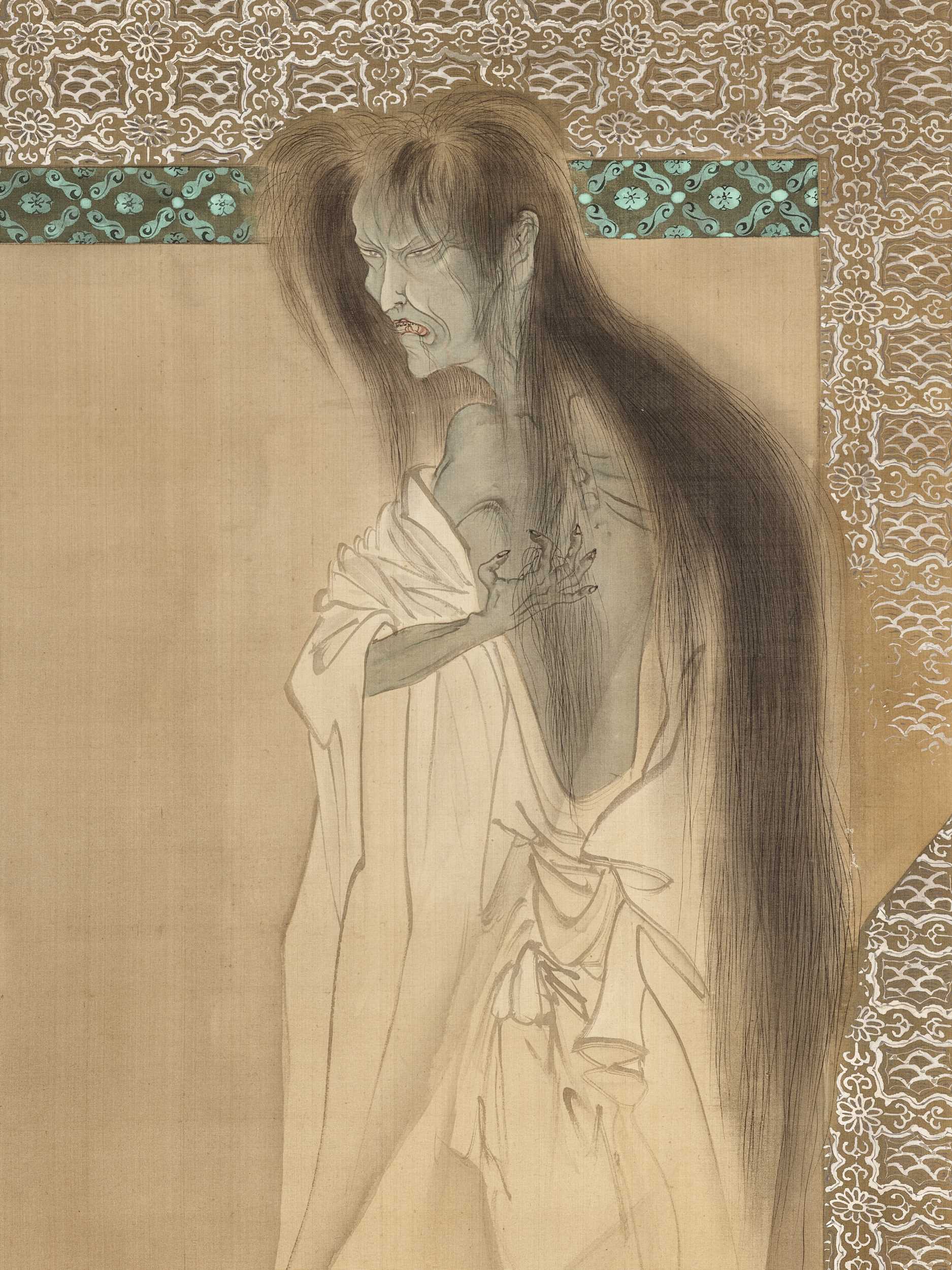

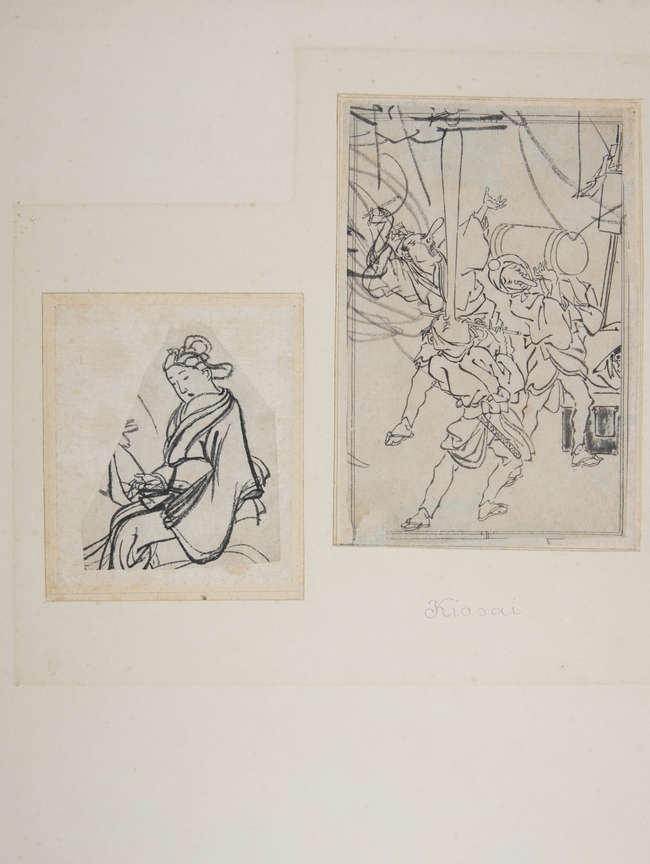
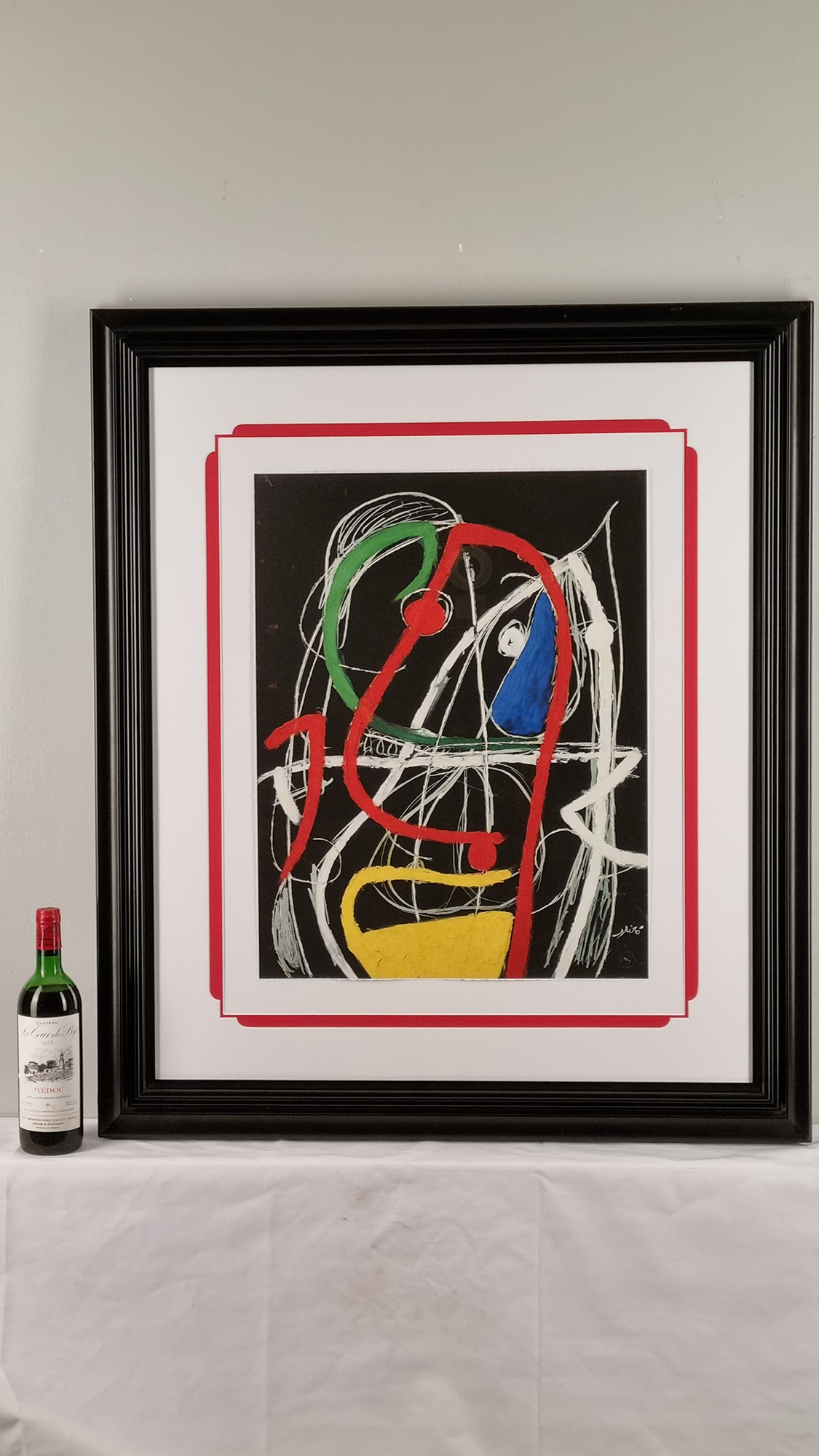
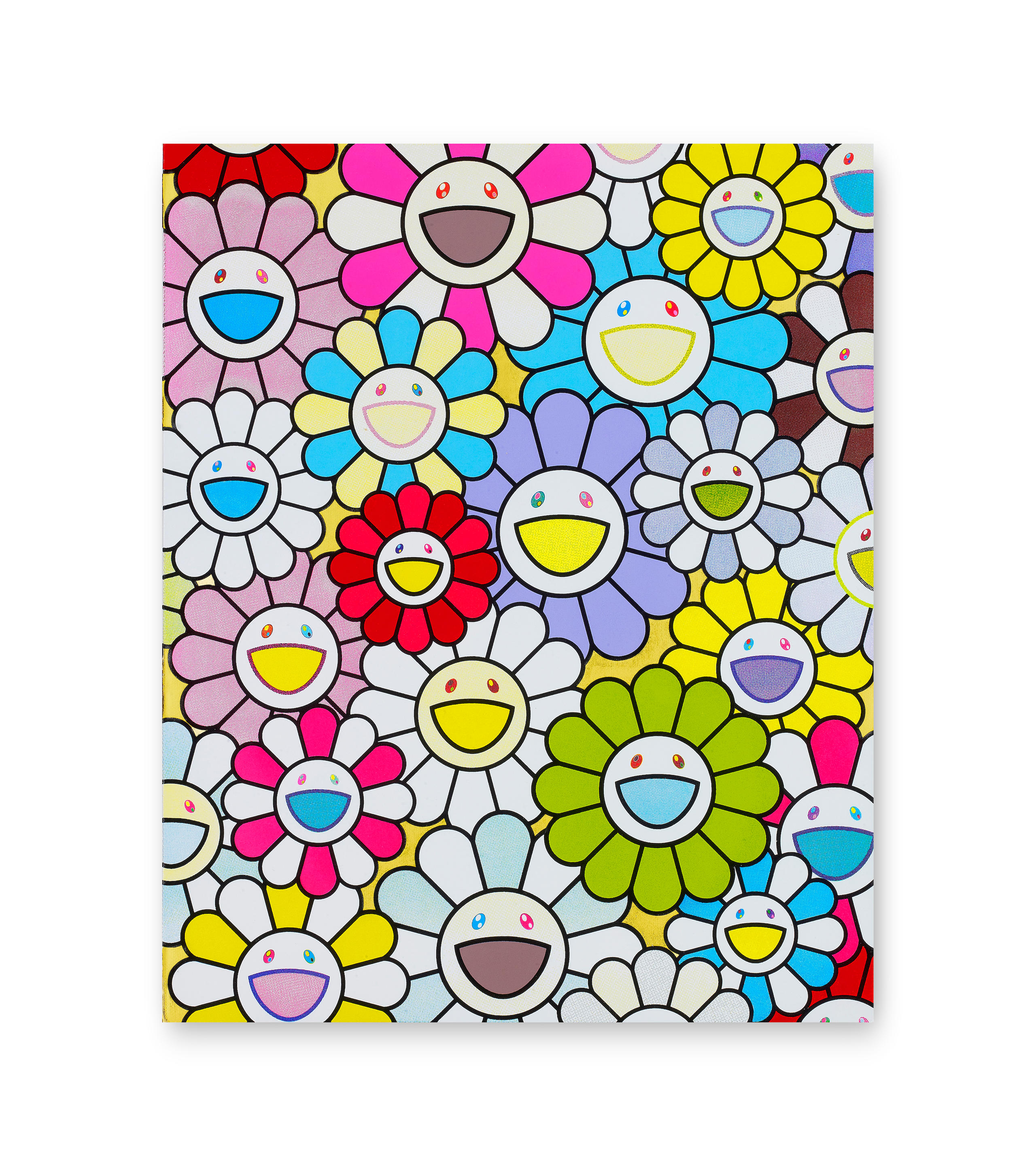


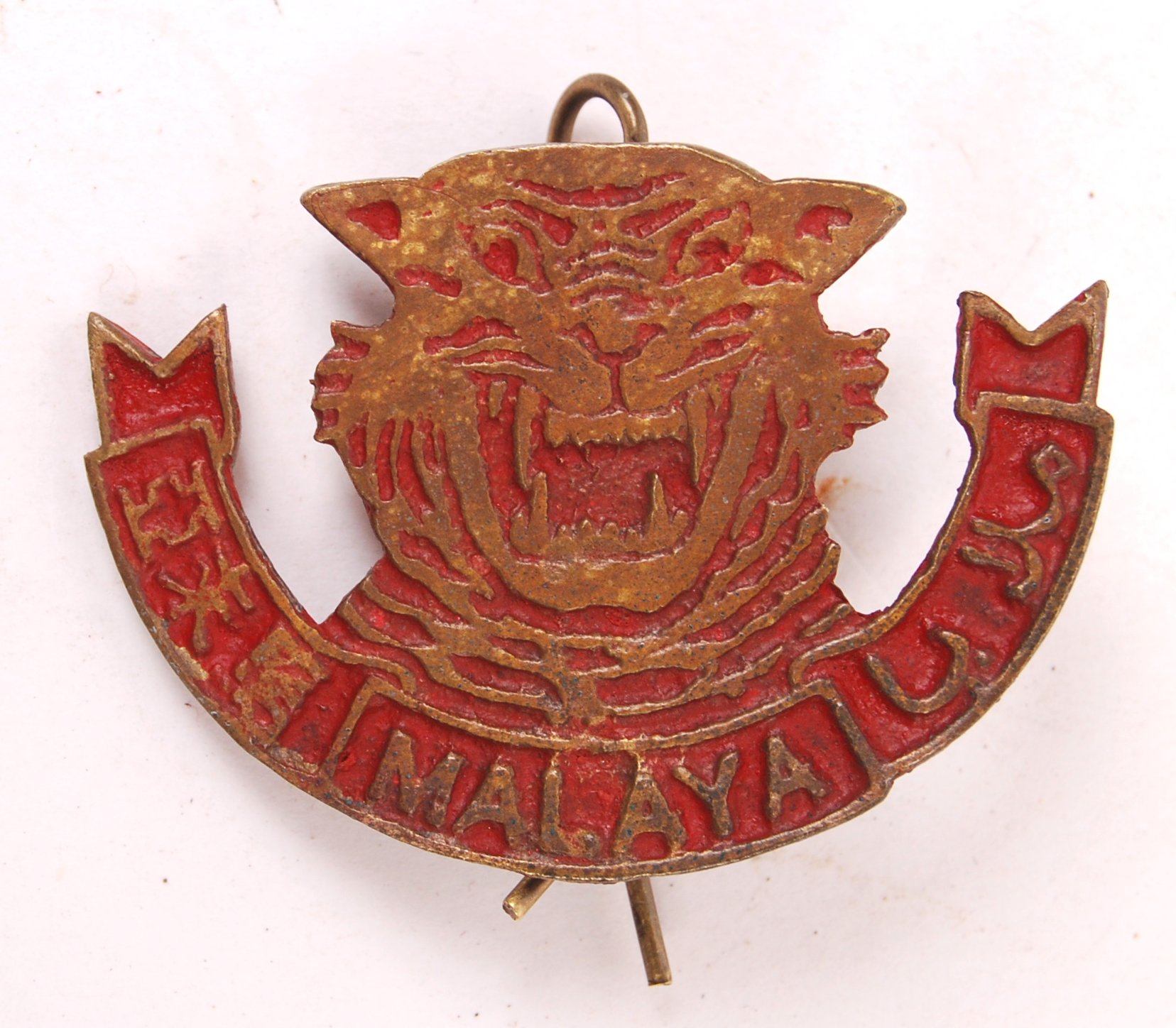
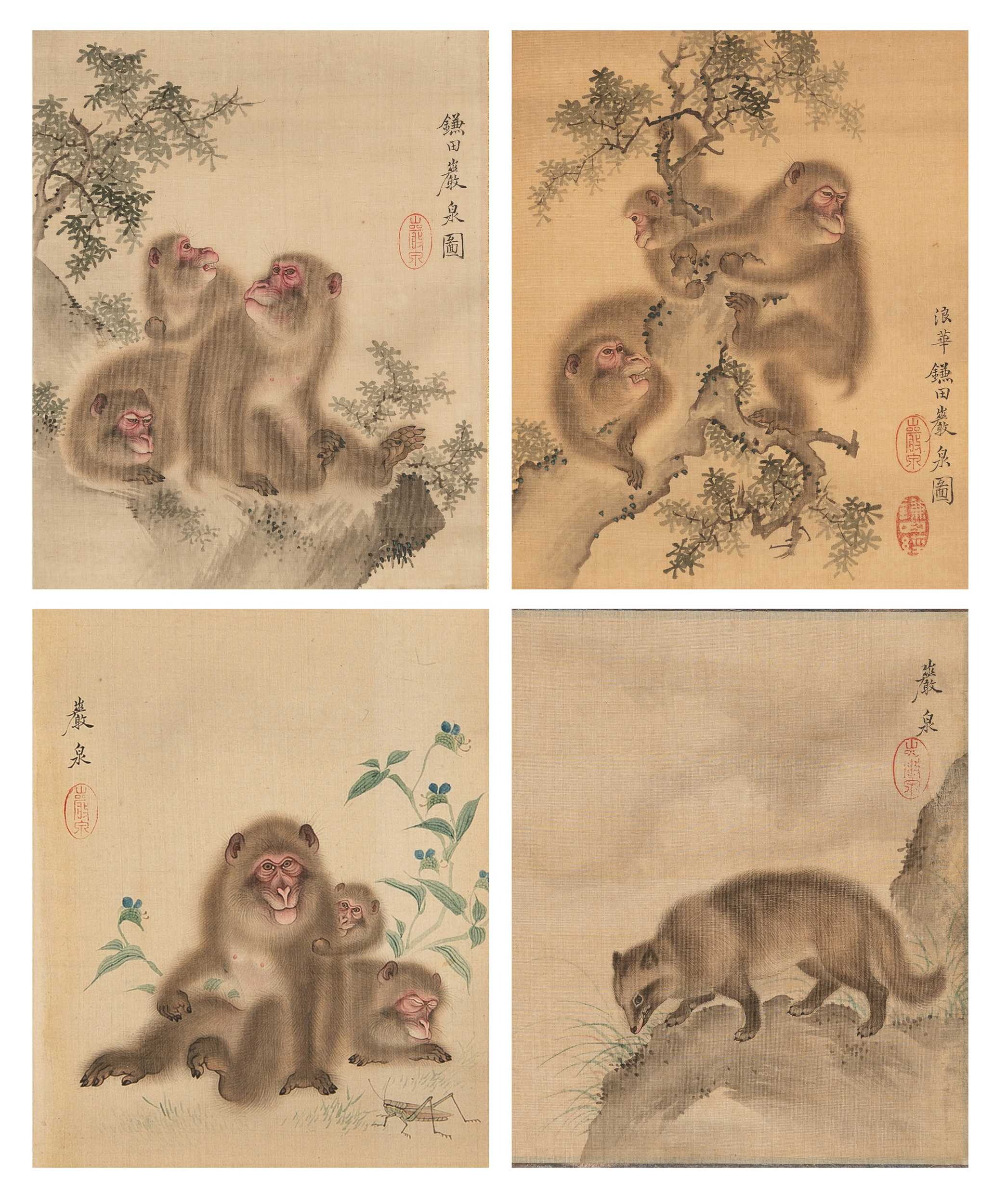
Try LotSearch and its premium features for 7 days - without any costs!
Be notified automatically about new items in upcoming auctions.
Create an alert